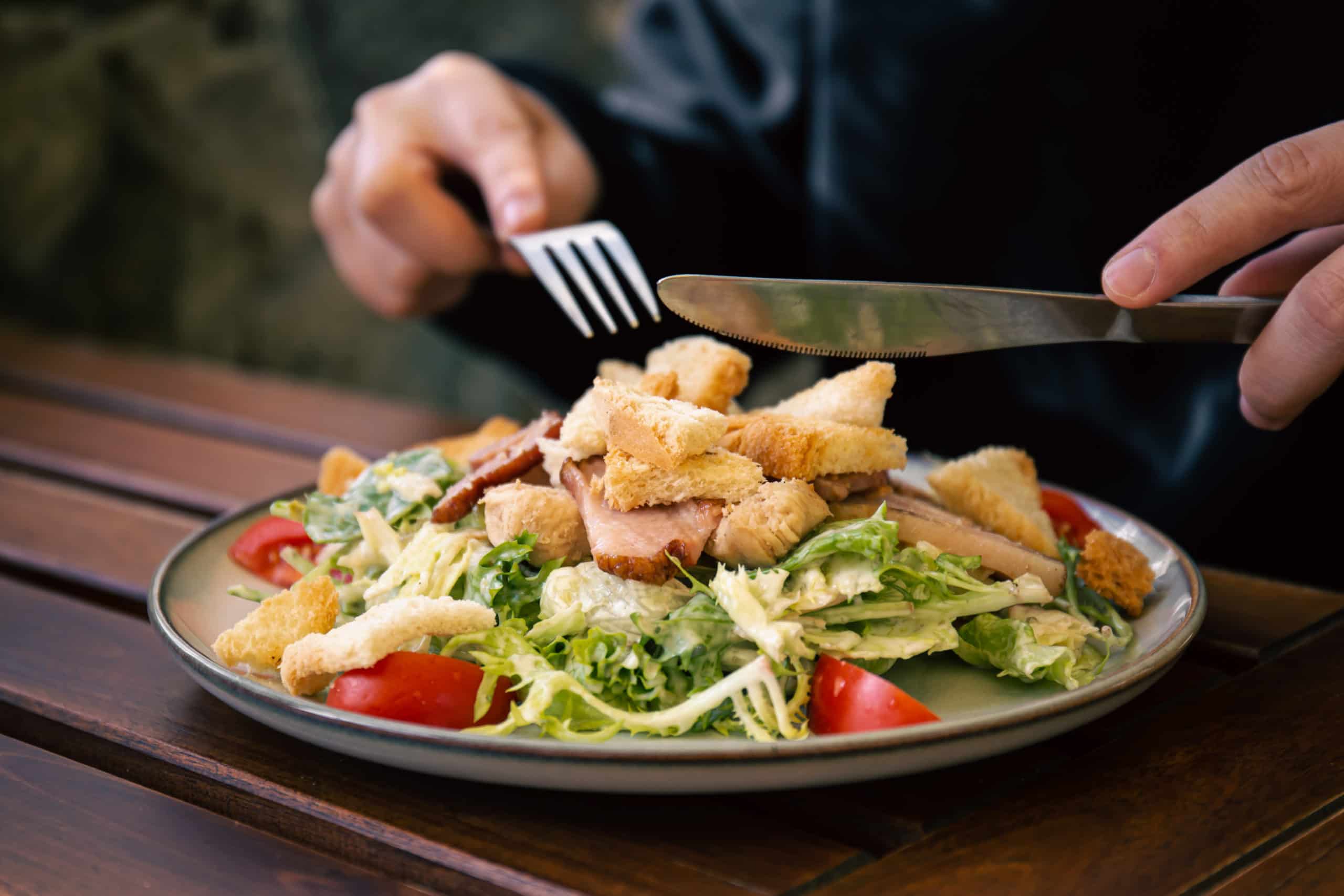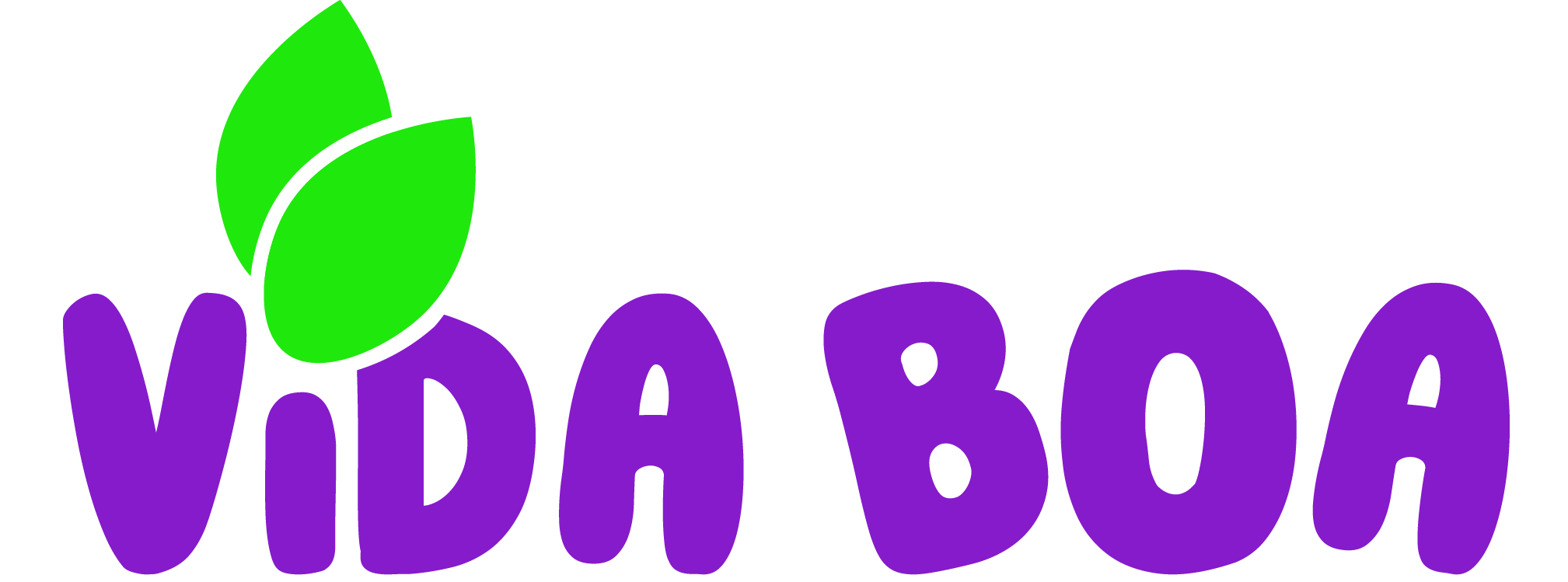
5 steps to start your healthy diet
Nowadays, it appears that every 24 hours, a new diet advertised as “miraculous” POPS UP, promising dozens of benefits that are not always scientifically proven. And sometimes, they come with recipes so radical that are not without risk. If you’re looking to lose weight or simply to adopt a healthy diet and lifestyle, we suggest not trying the fad diet but rather starting with small changes in habits that bring benefits in a safer and more lasting way.
Most healthy eating habits are nothing new. You probably know most of them. However, it’s not enough just to know them, you have to put them into practice. How about starting with these 5 simple steps listed below?
1. Include at least 5 meals in your routine
This helps us to decrease the amount of food per meal, keep the metabolism active, thus burning more calories. The essential meals are breakfast, morning snack, lunch, afternoon snack, and dinner. If it’s difficult to set aside time for snacks, one option is to always carry nuts or dried fruit with you. Don’t skip meals. In the beginning, putting reminders on your cell phone can help.
2. Try new ways to prepare fruits and vegetables
These foods are rich in vitamins and minerals that are important for our organism, besides being low in calories and increasing satiety because they are rich in fiber. Try different ways of preparation, such as sweet potato chips, eggplant lasagna, juices, and our acai bowls fit in well here. If you don’t eat pure granola, you can add it to your acai. Here you can see the options of toppings we suggest.
3. Always have a bottle of water nearby
This is important especially in places where access is more difficult and during physical activity. Water is important to regulate our body temperature, prevent the formation of kidney stones, avoid constipation, and increase the feeling of satiety.
4. Don’t have at home foods rich in trans or saturated fat
To avoid the risk of giving in to temptation, the ideal is not to buy them. The main foods to be avoided are fatty meats, yellow cheese, whole milk, cookies, snacks, ice cream, and fried foods. They raise the blood level of bad cholesterol (LDL), besides contributing to the accumulation of fat in the arteries, increasing the risk of cardiovascular diseases such as heart attack and stroke. In case you are going to a place where you will only have this kind of food, eat something healthy before you go.
5. Get your taste buds used to less salt and less sugar
To do this, just progressively reduce the amount used in food preparation. Excess salt contributes to the development of hypertension, a disease that leads to increased risk of cardiovascular complications and kidney failure. Therefore, avoid the salt shaker at the table, as well as canned foods, sausages, and industrialized seasonings such as beef broth, chicken broth, and soy sauce. Some seasonings that can replace salt are garlic, onion, lemon, pepper, and natural spices such as basil, rosemary, and parsley.
Excess sugar is found in industrialized products such as cookies, chocolates, candies, and soft drinks. These foods are high in calories and low in nutrients, which in excess can lead to weight gain, increased triglyceride levels, and even the development of diabetes. Try replacing it in moderation with stevia, brown sugar, and honey.
To get help following these guidelines and to further change your eating habits, consult a nutritionist. Remember that preventing the appearance of diseases is always better than treating them after they appear. The açaí fits in several moments of your new diet. And take advantage of its benefits. Your health will thank you!

